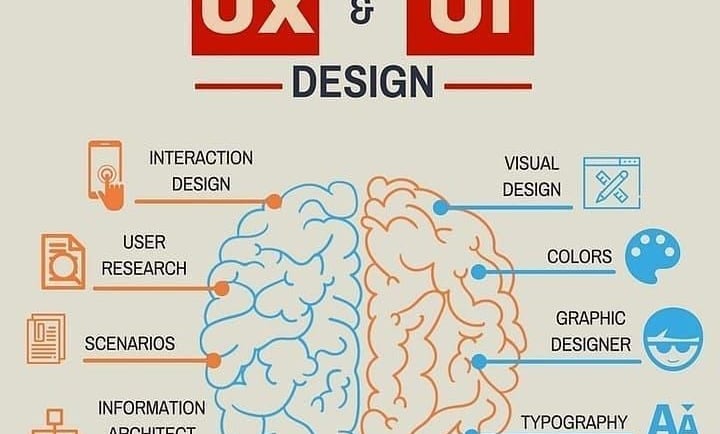5 Website Design Mistakes That Drive Visitors Away
Avoid these common web design mistakes that could be hurting your traffic and conversions.
Finebrowse
6/3/20252 min read


Website design profoundly influences human behavior online, shaping how users interact, make decisions, and ultimately whether they convert or leave. Several common design mistakes—cluttered layouts, slow load times, non-mobile-friendly designs, confusing navigation, and unclear calls to action (CTAs)—can disrupt user experience and drive visitors away. Understanding these pitfalls and how to fix them is essential for creating a site that aligns with natural user behavior and expectations.
Cluttered Layout
A cluttered website overwhelms visitors with too much information or too many elements competing for attention. This sensory overload makes it hard for users to find what they need, leading to frustration and higher bounce rates27. Human behavior studies show that when faced with excessive choices or visual noise, people experience cognitive overload and are more likely to abandon the site.
How to Fix:
Simplify the design by removing unnecessary elements.
Use white space strategically to create breathing room and highlight key content7.
Prioritize essential information and group related items logically, making it easier for users to scan and find what they need27.
Slow Load Times
Users expect websites to load quickly; even a few seconds of delay can significantly increase abandonment rates. Slow load times disrupt the instant gratification users seek online, causing impatience and loss of trust38. This is especially true for mobile users, who are often on-the-go and less tolerant of delays.
How to Fix:
Optimize image and media file sizes without sacrificing quality38.
Minimize HTTP requests by reducing unnecessary scripts and plugins3.
Use a content delivery network (CDN) and improve server response times to ensure global users experience fast loading8.
Non-Mobile-Friendly Design
With the majority of web traffic coming from mobile devices, a non-mobile-friendly site alienates a large portion of potential users. When a website doesn’t adapt to smaller screens, navigation becomes difficult, text may be unreadable, and interactive elements can become unusable149. This poor experience leads to high bounce rates and lost conversions.
How to Fix:
Adopt a mobile-first design approach, ensuring the site is responsive and adapts to any device19.
Test layouts on various screen sizes and prioritize touch-friendly navigation and readable fonts9.
Use mobile-responsive templates and avoid elements that don’t work on mobile, such as Flash9.
Confusing Navigation
Navigation is the backbone of website usability. If users can’t easily find their way, they become frustrated and may leave before engaging with your content or services. Overly complex menus or hidden navigation elements force users to guess where to go, increasing cognitive load and reducing satisfaction157.
How to Fix:
Streamline navigation by limiting menu options to the most important sections (ideally five to seven)57.
Use clear, descriptive labels and logical groupings for menu items7.
Ensure navigation is always visible and intuitive, avoiding hidden menus that require extra steps to access5.
Lack of Clear CTAs
Calls to action guide users toward desired behaviors, such as signing up, purchasing, or contacting you. If CTAs are vague, poorly placed, or lost among other elements, users may not know what action to take, resulting in missed opportunities16.
How to Fix:
Use specific, action-oriented language that clearly communicates the benefit or next step (e.g., “Download Free Guide” instead of “Click Here”)6.
Place CTAs prominently and consistently, ensuring they stand out visually from other content6.
Limit the number of CTAs per page to avoid overwhelming users, but ensure each page has a clear primary action6.
By addressing these common website design mistakes, you align your site with human behavioral patterns—reducing friction, minimizing cognitive overload, and guiding users seamlessly toward their goals. This not only improves user satisfaction but also boosts engagement, conversions, and long-term loyalty

Get in touch
Share with visitors how they can contact you and encourage them to ask any questions they may have.
Elevate your business with FineBrowse, the Wyoming web design experts. We create stunning, custom websites that enhance your online presence and drive real success. Partner with us for innovative Wyoming web design solutions tailored to your needs.
Our Services
Contact
Info@finebrowse.com
+1-307-342-0304
© 2025. Fine Browse All rights reserved.
